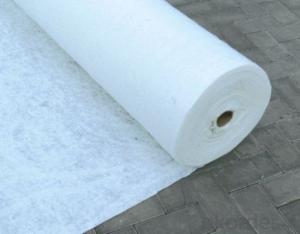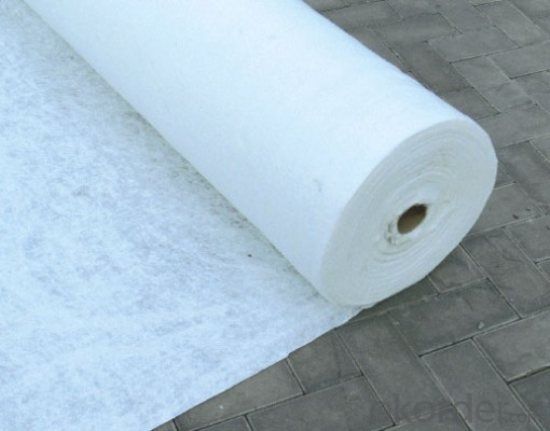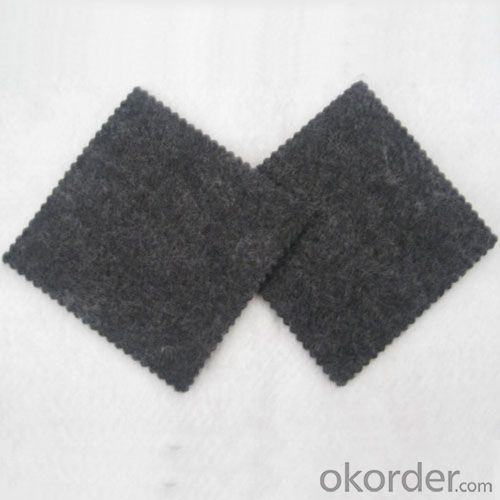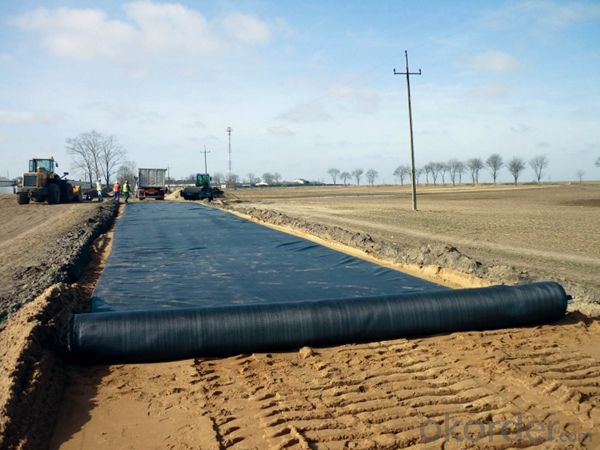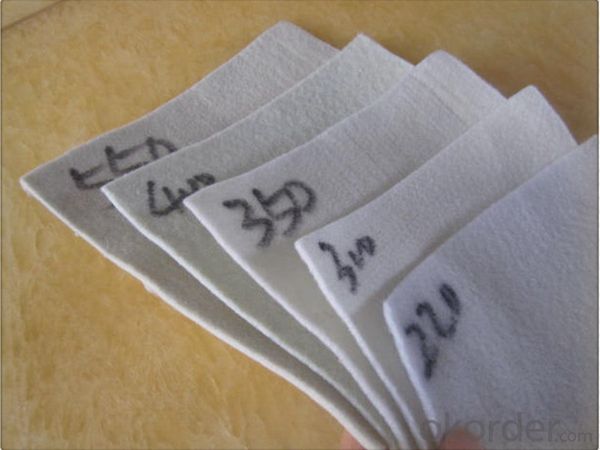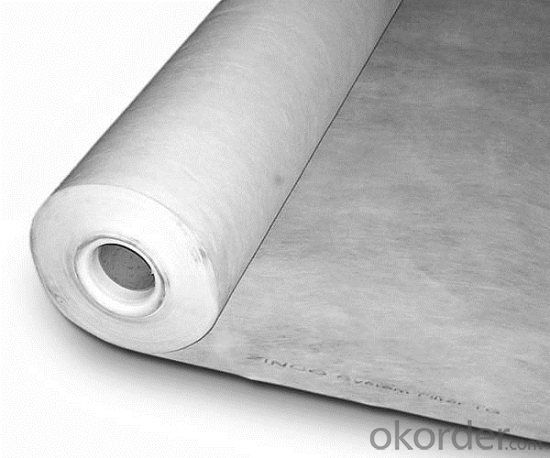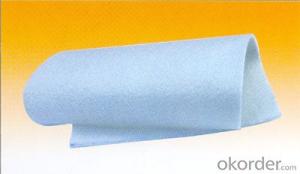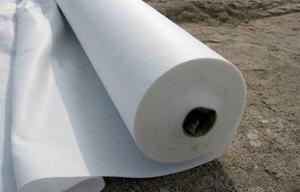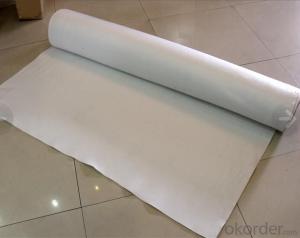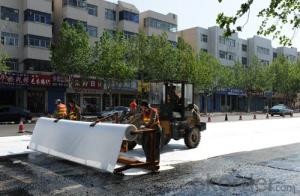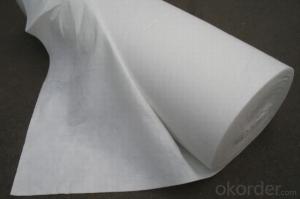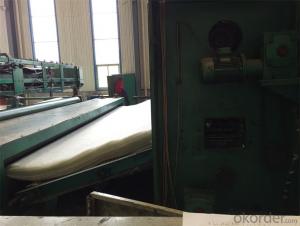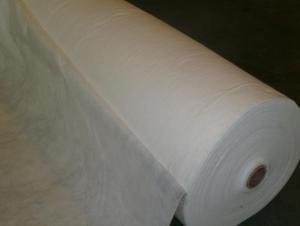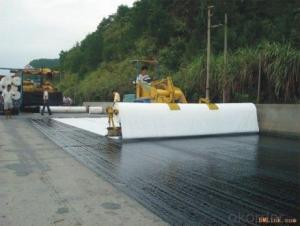Toile Geotextile for Pet Needle Punched Applications in Architectural Engineering
- Loading Port:
- Qingdao
- Payment Terms:
- TT or LC
- Min Order Qty:
- 8000 m²
- Supply Capability:
- 100000 m²/month
OKorder Service Pledge
OKorder Financial Service
You Might Also Like
PET Needle Punched Geotextile for Architectural Engineering
Description Of PET Needle Punched Geotextile for Architectural Engineering
PET needle punched geotextile is made from PP or PE materials by melting down, fiber-drawing, and cutting into 4-9 dtox, 50-76mm PP fibre before carding, lapping and weaving into needle punched non woven fabric.
Main Features of PET Needle Punched Geotextile for Architectural Engineering
Good tenacity, high density, loose structure, anti-corrosion, anti-aging, acid-and-alkali-resistance, good water absorption and permeability, high tensile strength
Applications of PET Needle Punched Geotextile for Architectural Engineering
Used in the area of highway, railway, dam, coastal beach for reinforcement, filtration, separation and drainage, especially used in salt marshes and garbage burying field.
IMages of PET Needle Punched Geotextile for Architectural Engineering
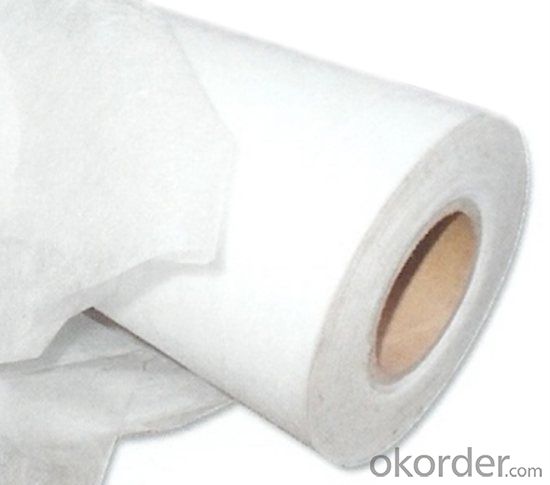
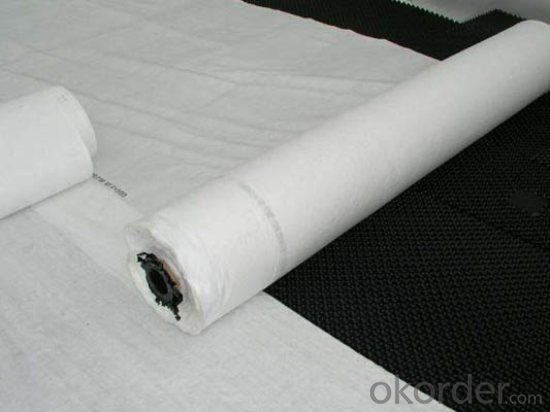
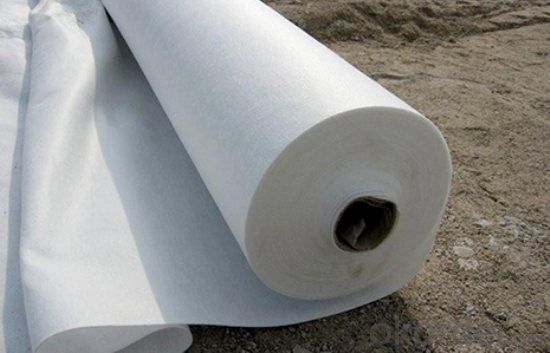
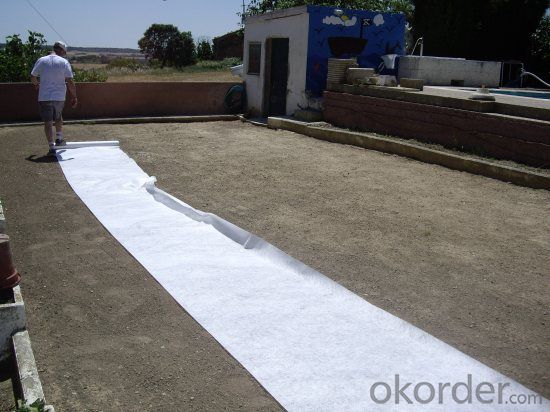
FAQ:
1. What are we supplying?
We are specialized in producing .geotextile , geocell, geogrid, geomembrane
2. How Many years experience do we have?
We have been exported to more than 15 countries in the past 15 years.
3. How long do we usually reply your request?
We always reply our customer within 4 hours.
- Q: Can geotextile skin be connected?
- Geotextile skin can be touched. Geotextile production of raw materials is polyester fiber, polyester has been widely used in daily life. Such as clothes are also a lot of polyester material. So do not worry, geotextile is not harmful to the human body.
- Q: How do geotextiles help with sediment control in water bodies?
- Geotextiles help with sediment control in water bodies by acting as a barrier that filters out sediment and other pollutants from entering the water. They are placed in strategic locations to prevent erosion and retain sediment, allowing cleaner water to pass through. Additionally, geotextiles promote vegetation growth, which further aids in sediment control by stabilizing the soil and reducing erosion.
- Q: Geotextile how to set quota
- There is a corresponding quota in the water transport project quota. Plus labor costs, other ancillary materials fees, machinery fees, and management fees and other fees.
- Q: Are geotextiles suitable for use in geotextile-reinforced soil walls?
- Yes, geotextiles are suitable for use in geotextile-reinforced soil walls. Geotextiles provide strength, stability, and erosion control to the walls, making them an effective and commonly used material in reinforcing soil structures.
- Q: Geotextile unit why is g / square meter why do not use the thickness of the unit
- Geotextile, also known as geotextile, it is made of synthetic fiber through acupuncture or woven from the permeability of geosynthetics. Geotextile is a new material geosynthetics which one, the finished product for the cloth, the general width of 4-6 meters, the length of 50-100 meters. Geotextile is divided into a spinning geotextile and non-woven filament geotextile.
- Q: Geotextile was wetted by what kind of treatment
- Geotextile was originally in the project to play a reinforced, protective, filter effect. So geotextile is not afraid of water, not afraid of wet, so do not fear wet. Damped geotextile is easy to get dirty, easy to carry. Generally dried can be used, do not need to do any treatment.
- Q: How do geotextiles contribute to the environmental sustainability of construction projects?
- Geotextiles contribute to the environmental sustainability of construction projects in various ways. Firstly, they help in soil stabilization by preventing erosion and promoting vegetation growth, thereby preserving the natural landscape and reducing the need for costly erosion control measures. Secondly, geotextiles can act as a filter, allowing water to pass through while trapping harmful pollutants, thus protecting surrounding water bodies from contamination. Additionally, they enhance the durability and lifespan of structures by providing reinforcement and reducing the need for excessive maintenance or repairs. Overall, geotextiles play a crucial role in minimizing the environmental impact of construction activities and promoting long-term sustainability.
- Q: Are geotextiles resistant to hydrostatic pressure?
- Yes, geotextiles are generally resistant to hydrostatic pressure. They are designed to allow water to pass through while providing a barrier against soil erosion and maintaining stability in various applications such as drainage systems, retaining walls, and road construction.
- Q: What is the difference between finished and semi-finished products?
- Think of ways to develop customers in the country Well. Foreigners may now also like, in the future may also like to like something else. We have the domestic people's own preferences are unable to control, but also control the other countries ah?
- Q: What are the different geotextile installation techniques in separation?
- There are several geotextile installation techniques used in separation applications. These include simple placement, which involves laying the geotextile directly on the ground surface; trench installation, where the geotextile is placed in a trench and covered with soil; and mechanical installation, which utilizes specialized equipment to install the geotextile. Each technique is chosen based on the specific project requirements and site conditions.
Send your message to us
Toile Geotextile for Pet Needle Punched Applications in Architectural Engineering
- Loading Port:
- Qingdao
- Payment Terms:
- TT or LC
- Min Order Qty:
- 8000 m²
- Supply Capability:
- 100000 m²/month
OKorder Service Pledge
OKorder Financial Service
Similar products
Hot products
Hot Searches
Related keywords
